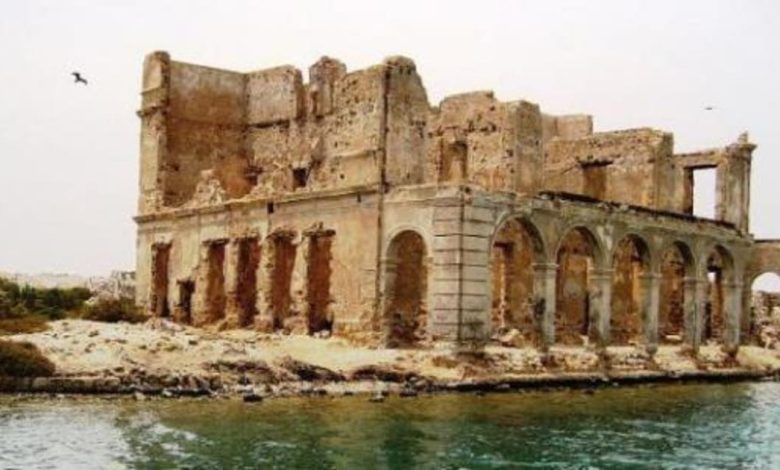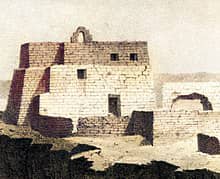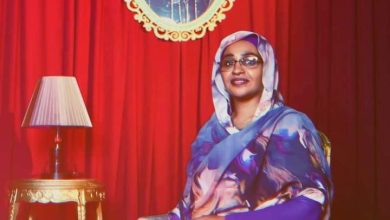Greenlaw’s Suakin: The Limits of Architectural in Coastal Sudan (1)

Khartoum – Sudan Events
This is a brief translation of a little of what was contained in an article that deals with constructive criticism of the book “The Coral Buildings Suakin” by Jean – Pierre Greenlaw . This article was published in the fourth issue in the forty-fourth volume of the magazine “African Arts”, issued in the winter of 2011, this atrticle was translated into arabic, Badr al-Din Hamid al-Hashemi.
According to her website, Nancy Um is the Associate Director for Research and Knowledge Creation at the Getty Research Institute.
The research program focuses on art, architecture and material culture throughout the Indian Ocean, Red Sea and Arabian Peninsula, with an emphasis on trade and cultural exchange in the early modern period.
Her article is filled with dozens of drawings, maps, and pictures (including a painting by the visual artist Ibrahim El-Salahi entitled “Ruins of Suakin,” which he painted with watercolors in the late 1950s).
As for Greenlaw (1910-1982), he was the first head of the Higher Department of Arts at the Technical Institute (now called the College of Fine and Applied Arts at the Sudan University of Science and Technology).
A number of artists, architects, critics, and others have previously written about the Book of Greenlaw, which dealt with the coral buildings of Suakin and its Islamic architecture. Mansour Khaled was one of them.
The island city of Suakin on Sudan’s Red Sea coast thrived as a center of trade and pilgrimage from at least the thirteenth century during the Mamluk period.
Then, after coming under Ottoman rule in the early sixteenth century, the city became a vital node in the transregional maritime matrices that connected the Mediterranean to the Indian Ocean and inland Africa to Mecca. In 1869, the opening of the Suez Canal further bolstered Suakin’s key coastal position.
But the port’s fortunes shifted in 1909 when the British constructed Port Sudan to Suakin’s north. Shortly afterward, trade operations moved to the newly built port and Suakin’s merchants eventually vacated the city, leaving their distinctive houses, built of coral-rock quarried directly from the shoreline, to deteriorate. Today, there are no inhabitants left on the island, only architectural ruins.
Despite its ruined state, Suakin’s architecture is well known internationally, particularly among archaeologists and those who study vernacular building.
This enduring reputation may be attributed largely to The Coral Buildings of Suakin, a copiously illustrated text published by the artist Jean-Pierre Greenlaw (1910-1982) in 1976 and then reprinted in 1995 with a new subtitle and foreword.
Hailed at the time of its original issuance as the “finest published contribution in English to Sudanese art history,” it has been used widely as a source for the architecture of the connected regions of the Arab world, the Red Sea, East Africa, and the Indian Ocean (Hale 1977:5) With its handdrawn plans, elevations, sections, and architectural details of the houses, mosques, and public structures of Suakin, the text has almost single-handedly retained the memory of a lost tradition of vernacular building.
This study represents an effort to look closely at the images that fill The Coral Buildings, which was not a scholarly work, but nevertheless has served as a classic resource for the architecture of a city that is now destroyed. A reassessment of Greenlaw’s wider visual project, which was not simply a transparent documentary effort, is now timely for several reasons.




